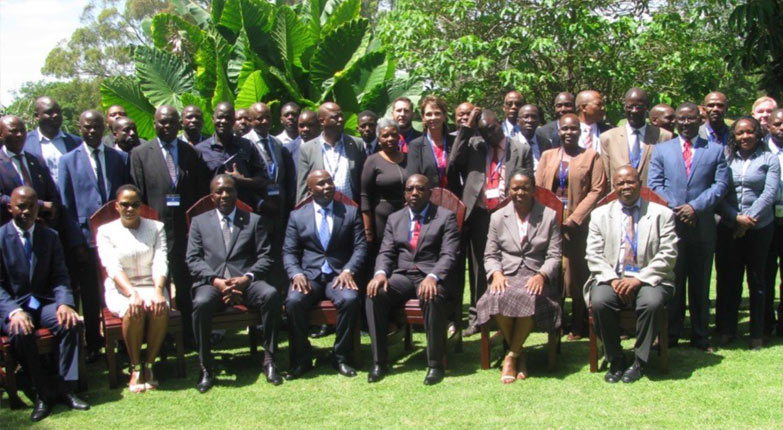The Economic Community of West African States (ECOWAS) is leading an initiative on behalf of the three regional economic communities (RECs) namely ECOWAS, WAEMU and CILSS. The initiative is aimed at increasing the sustainable availability, accessibility and use of agri-inputs for crop production, livestock and aquaculture across the sub-region.
The initiative benefits from the support of technical and financial partners such as USAID, the World Bank, and AfDB together with some regional institutions and organizations among which are IFDC, FAO, Rural Hub, Africa Rice, and AGRA. The West and Central African Council for Research and Development (WECARD/ CORAF) was assigned the formulation of the strategy which was discussed during a 3-day workshop on February 06-08 in Abuja, Nigeria. CropLife AME participated in the workshop together with more than 40 other delegates representing the 3 RECs, the above-mentioned funding partners, technical institutions and AFSTA the seed trade association and ROPPA the apex producers’ organization.
The workshop discussed the draft strategy and made recommendations on the Logical Framework, the Strategic Plan and Operational Plan for 2021-2025 and the Implementing Coordination Unit.
A Task Force will be responsible for implementing the strategy of which CropLife AME will be a member together with the RECs, the member states, the technical and financial partners (USAID, WB and AfDB), regional institutions, and producers’ organizations. A workshop is planned for the first week of April in Abidjan, Cote d’Ivoire, for the adoption of the strategy by the member states, with the participation of CropLife AME





